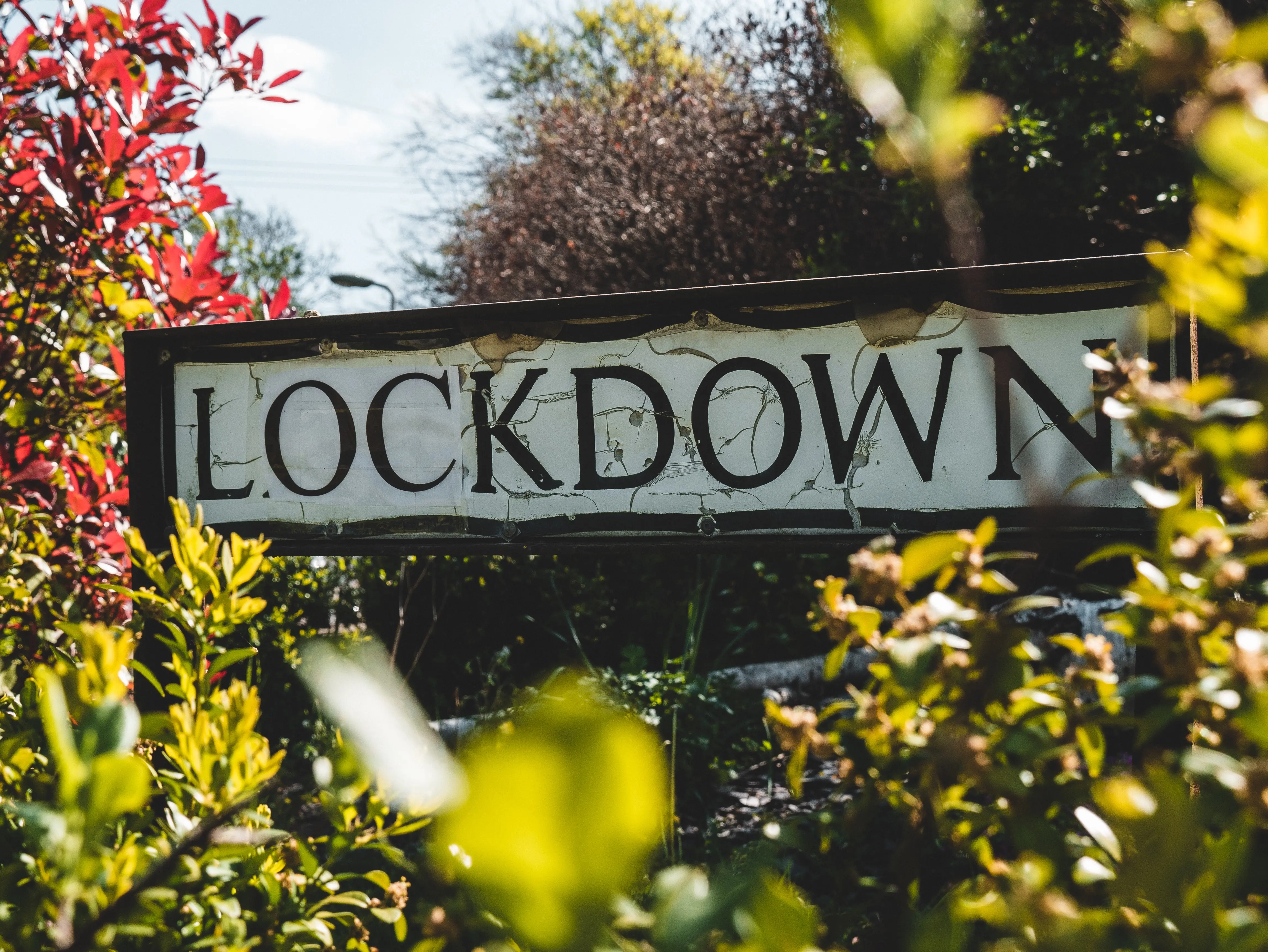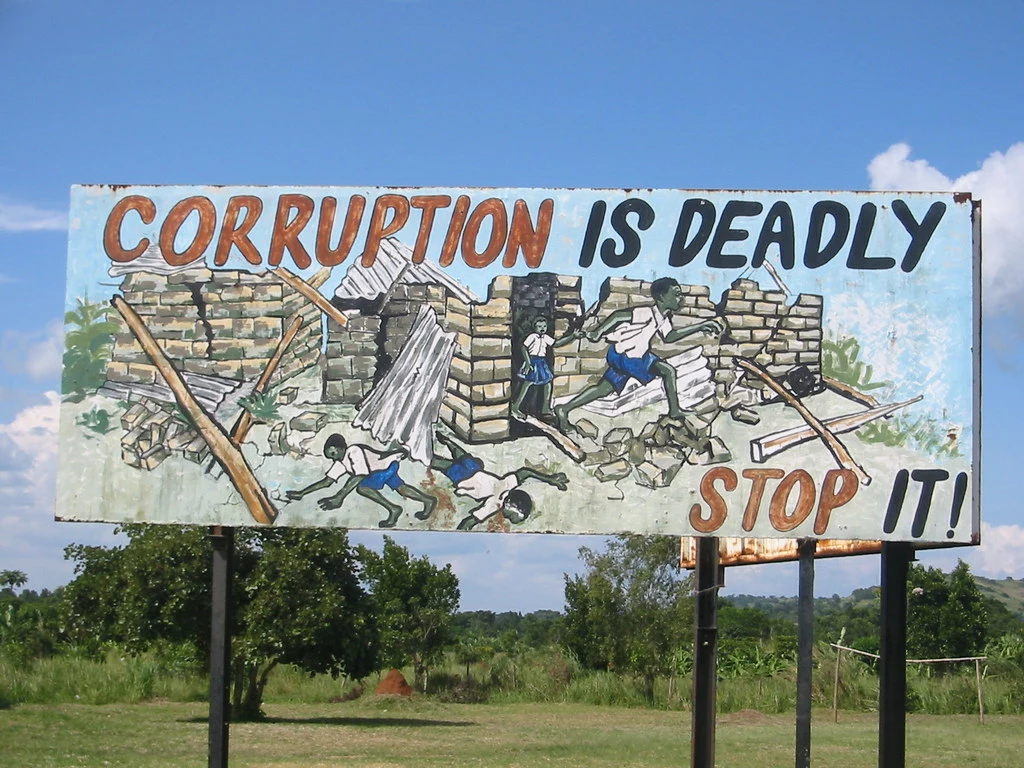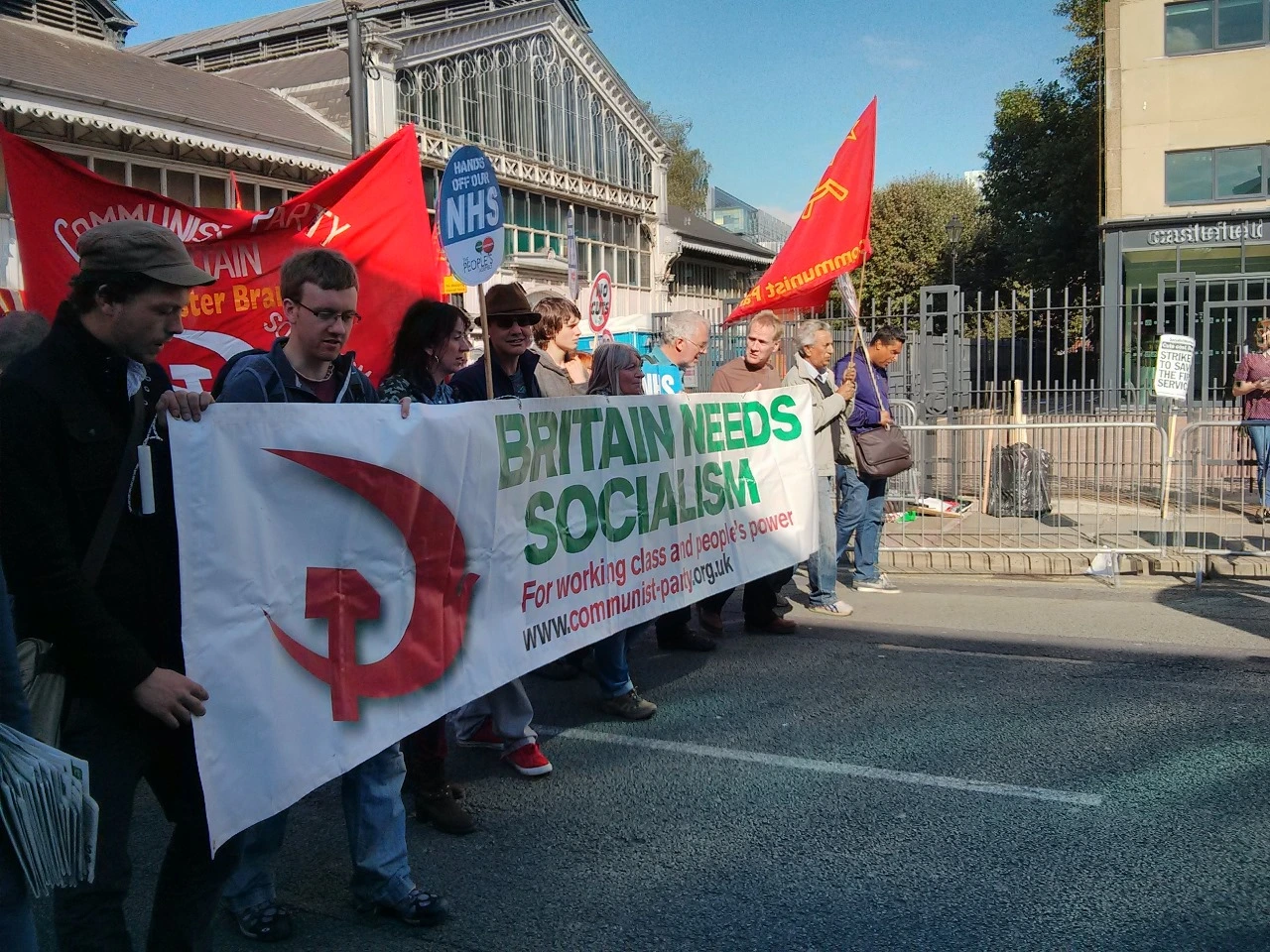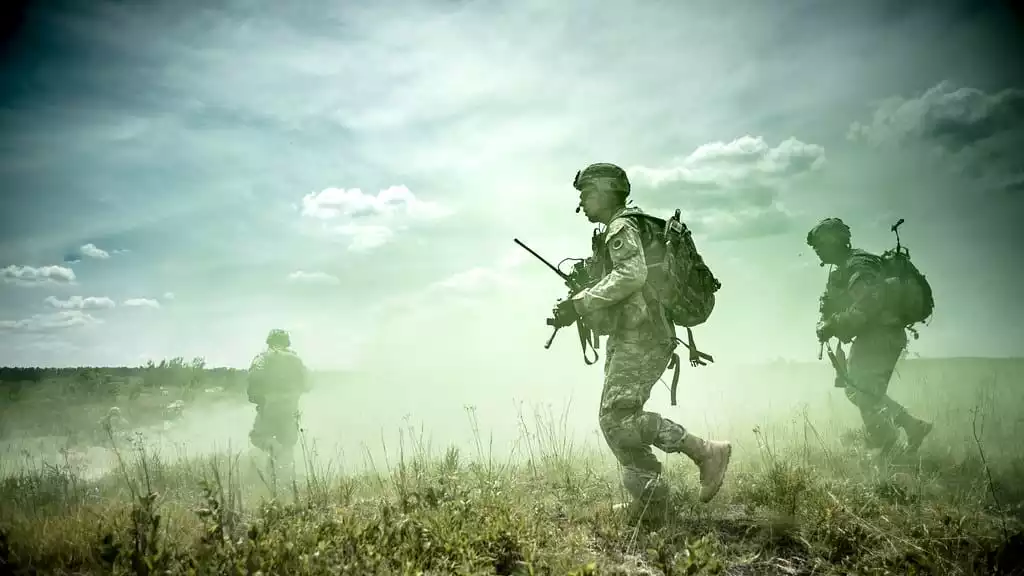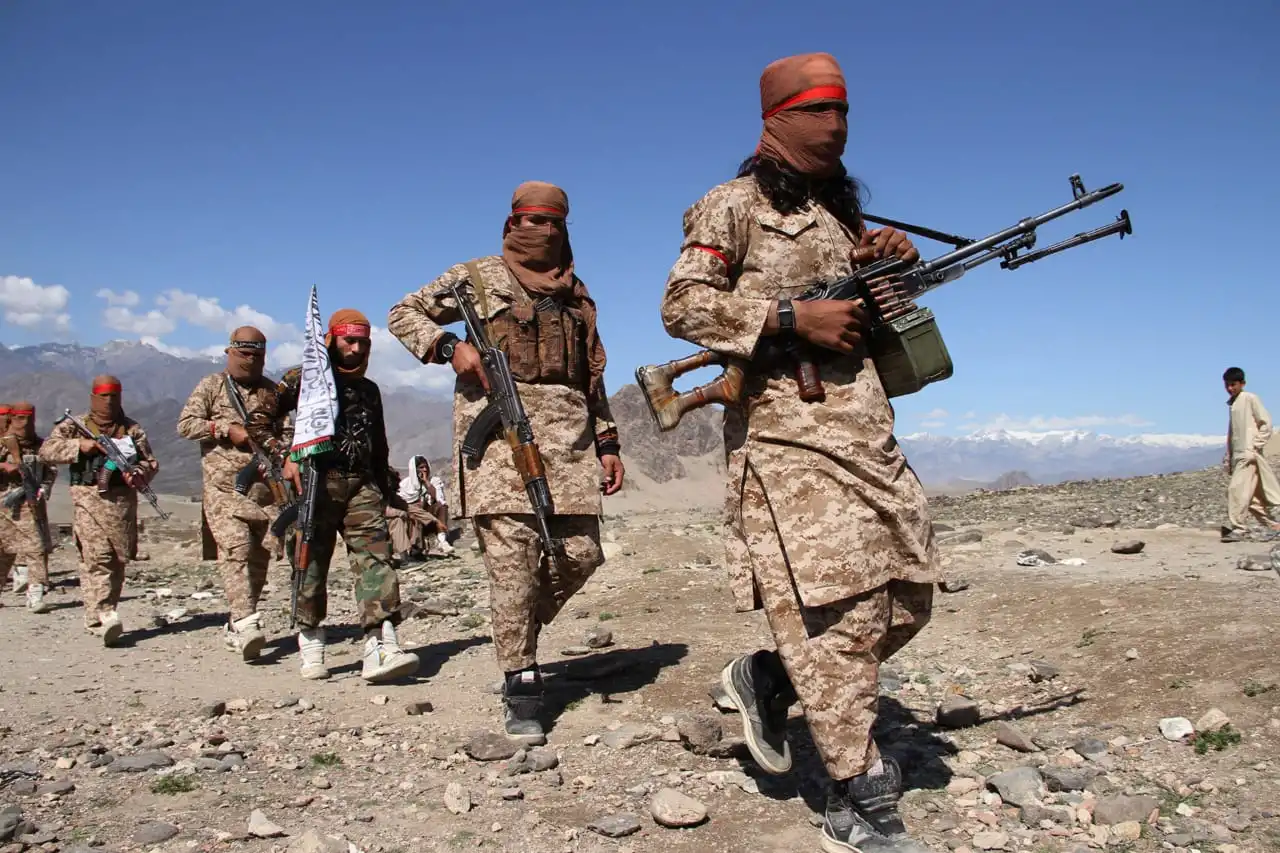Part 2
...link to Part 1
III. Observations on the Red Army and the Relationship between Soviet Russia and Ukraine
According to the Internet Encyclopedia of Ukraine, during the Second World War, 4.5 million Ukrainians served in the Red Army, and “except for the First Ukrainian Partisan Division (est. 1943) under Col. Petr Vershigora, there were no separate Ukrainian units in the Soviet armed forces”. A lack of objectivity toward the Red Army is revealed by the absence of any material evidence to confirm what the authors claim was “discrimination” without giving the reader any idea what that ‘discrimination’ consisted of, except to state: “… Because of national discrimination, non-Russians refused at first to fight the German invaders: of 3.6 million Soviet prisoners of war by March 1943, 2 million were non-Russian.” The authors then concede that it was the “harsh treatment of the population and POWs by the Germans [which] eventually persuaded non-Russians to fight. Approximately 1.7 million Ukrainians were decorated for bravery in the war. In 1943 the Bohdan Khmelnytsky Medal was introduced, and in 1944 a People's Commissariat of Defense was established for Ukraine (with Gen Sydir Kovpak as the first commissar)” – which, they then snidely remark, was “only a symbolic gesture”.
After World War II, known in the Soviet Union as the Great Patriotic War,
the Soviet Army remained “an integrated multinational force” which would include Ukrainian military forces as well. The authors bring in a very relevant observation on the strategic importance of Ukraine – which smacks of irony, when one thinks of why the Russian nation-state invaded Ukraine on February 23, 2022, due to the very fact that Ukraine is the gateway into Russia, and as the authors of the Encyclopedia readily admit: “Because of its geographic location along the western border of the USSR and on the Black Sea, Ukraine was strategically important. It was the home of the Black Sea Fleet, major airfields near Zhytomyr, and missile bases in the Carpathian Mountains.”

Reinforcing the impression of their overt bitterness and hostility to the political pragmatism of the Soviet Union, in particular Soviet Russia toward Soviet Ukraine, the authors claim: “The Soviet Army was an instrument of Russification. Its medium of communication was exclusively Russian; all of its recreational, cultural, and press activities were in Russian as well. Conscripts spent their term of military service outside their own republics, and demobilized servicemen were encouraged to live and work in new settlements, mostly in the east. Political education in the army promoted Russian chauvinism and glorified Russian military heroes. Besides national discrimination, the army suffered from a rigid caste system similar to that of the czarist army. The officers were separated sharply from the common soldiers by material privileges, uniforms, honors, and statutes.”
What the encyclopedia does not mention is the enormous sacrifice that Russian Soviet soldiers made in the liberation of Ukraine, and how after the Second World War, the Ukrainian people had the opportunity to work (and for a decent wage) within the Soviet Army. One cannot deny that discrimination existed, but it was not a black-and-white history of cultural and ethnic animosity, whether in the military or towards Ukrainian civilians. It is, besides, well known that Ukrainians and Russians intermarried before, during, and after the Great Patriotic War.
In its Declaration of Ukrainian State Sovereignty on 16 July 1990, the Supreme Soviet of the Ukrainian SSR stated its intention to nationalize the army in Ukraine. As one of the first practical stages toward implementing this proclamation it demanded that all Ukrainians serving in the Soviet armed forces be stationed in Ukraine by 1 December 1990. Eventually, this procedure was completed.
According to one military online information center:
^Ukraine continues to aspire to membership in NATO, with an ongoing reform programme intended to align its armed forces with alliance standards. The armed forces participate in bilateral and multinational exercises. The equipment inventory still consists predominantly of Soviet-era weaponry. Sustaining and in some cases upgrading these systems is a near-term concern, and equipment replacements will be required over the coming decade. Alongside an aspiration to re-equip the air force with Western combat aircraft by the mid-2030s, there is a near-term focus on improving its limited naval capability, seen in the acquisition of ex-UK minehunters in 2022 as well as two new-build corvettes on order from Turkey. The country has a broad defence industrial base, operating in all sectors, although its capability remains shaped, and limited, by its Soviet heritage.[1]

What is important to observe alongside the above statistics is the more subtle aspect of what the Ukrainian Army Forces aspire to, namely a full Western tilt towards a capitalist army, navy and air force, with no intention of staying neutral in its military geopolitical hemisphere. Thus, we see very clearly why Ukraine’s military poses a deep and serious threat to the borders of Russia.
As to the strength of the Ukrainian Ground Forces and their losses up to the time of this essay, there are complexities that are finally being revealed by a reluctant Western media despite its zealous desire to portray the Ukrainian government and its military as superior to those of the Russian forces in terms of both fighting capabilities and esprit de corps within the fighting ranks. Recently, a reporter for The Guardian made a fairly honest assessment of the Ukrainian field army:
^The sheer number – more than 20,000 casualties a month – raises questions about what state Ukraine’s army will be in if the war drags on into the autumn. The same is true for the Russians too, of course. But the invaders already control large chunks of Ukraine, and they can pause the fighting with the territorial upper hand. Consider the figures in context. Ukraine’s army was 125,000 strong, according to the International Institute for Strategic Studies, and there were 102,000 national and border guards in addition. Analysts’ crude estimates suggest that since the start of the war the total could have doubled to an impressive 500,000.[2]
What these statistics reveal is that the Ukrainian army has a large conscript or enlisted army force, but what about the quality of its leadership regarding strategic and tactical procedures? Since the beginning of the Russian invasion, in their gross bravado and hence military negligence, they thought that once Russian forces were withdrawn from Kiev, they could easily defeat the Russian forces with belligerent counterattacks. It has proved otherwise. According to the same reporter what occurred was this:
Western officials prefer not to discuss the impact of the war on the defenders, instead highlighting the problems for the Russians in their briefings. This week, one of those officials said their estimate was that the invaders had lost “15,000 to 20,000 dead”, out of an invasion force that was 150,000 or more. Yet despite this, Moscow’s army has still not lost its offensive capability.
But they chose not to provide similar estimates for Ukraine, which can create a lopsided impression that the Russians are faring worse. In fact, with an artillery overmatch of 10 or 15 to one, according to the Ukrainians, it may well be that the invaders’ casualty rate is far lower at the moment, because they are able to deal death from a greater distance to defenders who cannot see them.
The charnel house of death among Ukrainian troops results from impulsively going onto the offensive without analyzing the battlefield implications. The President of Ukraine and his bureaucratic advisers, and even some military advisors, shied away from being forthcoming at the beginning, thus leading thousands upon thousands of Ukrainians to their deaths in the fields and cities of the Donbas, down to the Azov Sea and even in the vicinity of Lviv, which is coveted by the Polish far-right regime. In my view, if the Ukrainian people and army grow tired of the histrionic rhetoric from the present Ukrainian leadership, both political and military, one could see the creation of a People’s Ukrainian Army that would be socialistic in its intent and would thereby help to bring forth a future Ukrainian nation-state with a more realistic, even pragmatic perspective as a creative state of Central Europe.
IV. Observations of the Ukrainian Ground Forces and Political Far Right Influences Within the Ranks
In Michael Colborne’s interesting work entitled From the Fires of War:
Ukraine’s Azov Movement and the Global Far Right, he makes the following acute observation of an emerging fascist movement in present-day Ukraine, a movement that Western Europe and the United States regimes, in particular, refuse to admit exists, as they would have to admit to being in collusion with the far-right Ukrainian groups, including the Zelensky regime which more than once has shown its allegiance to the fascist Azov Battalion, which was partly destroyed during the siege of the Mariupol port city by committed Russian forces and Chechen volunteers. The nucleus of the rise of contemporary fascist Ukrainian nationalism is described by Colborne in the following way:
In this climate several far-right nationalist groups emerged. One of them was the Social-National Party of Ukraine (SNPU), established in 1991. Their logo combined what they said were the Ukrainian Cyrillic letters I and N - standing for Ideia Natsii, “Idea of the Nation” - but bore more than a passing resemblance to a Wolfsangel, a symbol used by a number of Nazi German military units and post-war neo-Nazi groups around the globe, including the U.S.’s Aryan Nations. SNPU was “openly racist” in its rhetoric.
This combustible political fire in Ukraine would have far-reaching implications as it would eventually even begin to influence Ukrainian military personnel. It was from this fascist climate within the borders of Ukraine that a fascist battalion known as the Azov battalion was developed. The Special Operations Detachment "Azov" (Ukrainian: Окремий загін спеціального призначення «Азов», romanized: Okremyi zahin spetsialnoho pryznachennia "Azov"), also known as the Azov Regiment (Ukrainian: Полк «Азов», romanized: Polk "Azov") and formerly the Azov Battalion (Ukrainian: батальйон «Азов», romanized: Bataliyon "Azov"), is a unit of the National Guard of Ukraine. The political and military unit was founded by military-minded Ukrainian civilian and military personnel in May 2014 as a volunteer paramilitary militia under the command of Andriy Biletsky. Biletsky had a military agenda to wage war against pro-Russian forces in the Donbas conflict, and the Azov Battalion was formally incorporated into the National Guard on 11 November 2014. The Azov Battalion has drawn controversy from more progressive observers of the war, including military historians and progressive intellectuals throughout the world, over the Ukrainian militia’s early and allegedly continuing association with both far-right groups and neo-Nazi ideology. Also, the Azov Battalion uses controversial symbols linked to Nazism, and allegations have been quoted or noted through news publications throughout the world as well, that members of the Battalion have participated in torture and war crimes against Ukrainian civilians and Russian prisoners of war. Such is the complexity of the Ukrainian Armed Forces in their effort to wage war against Russian military forces, while at the same time not allowing themselves to view their own military behavior with a self-critical eye.
In the course of my theoretical observations of the history of the Ukrainian Army, which is complex and varied in political behavior and military skills, I also read General Carl von Clausewitz’s brilliant and insightful work THE CAMPAIGN OF 1812 IN RUSSIA which persuaded me to be as critical and yet as objective as possible in studying the Ukrainian army, even while knowing that I would have a bias against the present regime that more or less controls the overall military operations of the Ukrainian Ground Forces. This in mind, allow me to give the reader a brief description of how the Ukrainian Ground Forces developed. The Ukrainian Ground Forces (Ukrainian: Сухопутні Війська ЗСУ Sukhoputni Viys’ka [ZSU]), also known as the Ukrainian Army, are the main miliary, land forces of Ukraine nation, and are only one of the five branches of the Armed Forces of Ukraine. The five military branches were formed from the Soviet Ground Forces formations, units, and establishments, including three military districts (the Kiev, Carpathian, and Odessa Military Districts) that were on Ukrainian soil when the Soviet Union was dissolved on December 26, 1991.
After Ukraine's full independence from the Soviet Union in 1991, the Ukrainian government retained its Soviet-era army equipment. The Armed Forces were systematically downsized after 1991 and as a result were largely dilapidated by July 2014. At the start of the war of attrition which from this military historian’s point of view was escalated by sporadic and continuous artillery fire and infantry incursions by Ukrainian military operations in Donbas in April 2014 in eastern Ukraine, Ukraine continued to upgrade its Armed Forces, but because of the ebb and flow of the conflict, and notably the continuous flux of incoming military personnel into the Ukrainian Armed Forces and the considerable loss of military troops including military hardware on the battlefield and in military depots that have been destroyed through missile and artillery attacks by the Russian Armed Forces, I cannot give a consistent or even objective account of the army’s needs and supplies. What I can attempt to achieve for the reader is to give an account of the nature of the Ukrainian Ground Forces, based on my observations and on military theory.
In terms of weapon supplies and their practical usage, an American analyst made the following observation of the Ukrainian Army, its needs and its cumbersome usage of its current military equipment, including the start of the transition of much of its modern equipment to NATO weaponry. The analyst wrote:

^The logistical challenge is immense. Western ammunition and other military consumables are incompatible with most Russian-designed heavy weapons. So, once the transition to Western weapons—rockets, grenades, artillery, tank guns, mortars, and medium caliber weapons—gets started, Ukraine soldiers will be unable to grab a box of Western ammunition off a truck to use it in a Russian cannon—the sizes are entirely different. But the logistical streams for both the old and new weapon systems will need to continue getting the right supplies to the right places in Ukraine’s fast-moving battlefield.[3]
Without getting into specific details about the significance of the Ukrainian Army using Western ammunition and the latest weaponry being sent by both the United States and Great Britain, it should be noted that it is a question of willpower and discipline on the part of the Ukrainian Ground Forces leadership to not be lazy or incompetent in conducting such a vital military learning process in the logistical transfer of military equipment.

In coming to the end of my lengthy essay, I would like to mention a certain retired American General, Mark Hertling, who has had the experience of observing both the Russian and Ukrainian militaries up close, and therefore I will quote him at length. In his initial observation about the Ukrainian Army, he wrote:
My first experience with Ukraine’s army a decade later was not much different. In 2004, I was the assistant division commander of the 1st Armored Division in Baghdad. Our unit was in the midst of completing a 12-month combat tour when the Shia irredentist Muqtada al-Sadr began a popular uprising in the Iraqi capital. A large percentage of our 30,000-soldier unit had already redeployed to Germany, but Secretary Rumsfeld believed it was appropriate we recall those forces and move south to Wasit Province to counter Sadr in the cities of Najaf, Karbala, and Al-Kut. The Sadr uprising started just as Polish, Spanish, and Ukrainian forces were departing Wasit. Al-Kut was the area of operation for the Ukrainian contingent and one of our tasks was to relieve them.
^Al-Kut was a mess, as were the Ukrainian units responsible for it. The Ukrainian soldiers were undisciplined and poorly trained, their combat vehicles were in terrible shape, the officers and appointed sergeants appeared corrupt, and there were even indicators that some of the Ukrainian contingent were selling old Iraqi artillery rounds to the insurgents for their roadside bombs. The Ukrainian-trained Iraqi border forces were in terrible shape and organized crime in the area was rampant. We found Ukraine’s soldiers rarely if ever conducted patrols off base. All of the soldiers in our unit that took over for the Ukrainian force immediately formed a negative opinion about the readiness of Ukraine’s army—me included.[4]
Ret. Gen. Hertling’s observation of a Ukrainian military force in a combat situation out of country was for the most part technical and personal in nature. There was no reference or perhaps interest as to where these Ukrainian troops originated from in Ukraine, and whether their lack of serious or competent military behavior was due to a lack of leadership skills on the part of their superior officers, including a corrupt Ukrainian government that showed no interest in their overall welfare.
The retired American General then goes on to expand his observations when discussing how the U.S. Army Europe “co-hosted” a multinational training exercises in many different locations in East-Central Europe: “like Drawsko-Pomorski in Poland, Cincu in Romania, Krtsanisi in Georgia, Novo Selo in Bulgaria, and Yavoriv in Ukraine, the multinational training and exercises were in full swing”. He then made what I consider the crux of his observations on the Ukrainian military apparatus, stating: “The Poles and Romanians had energetic support from their governments and their military leadership on these transformational efforts; those two governments realized early on that they could use these opportunities to transform their armies and train their soldiers. Ukraine’s government voiced some initial interest, and Ukrainian generals seemed supportive, but there was less initial energy from Kyiv. Corruption in Ukraine’s bureaucracies prevented more early cooperation with the U.S. military”. Here he revealed that although the Ukrainian generals had the will to learn how to improve their national standing army, there was ongoing stagnant and continuing corruption in Kiev, resulting in inaction.
Finally, in closing, the American general had an enlightening experience with a Ukrainian general that gives us a glimpse of the possibility for a more profound Ukrainian army, instilled with a more democratic behavior, and arguably, a socialistic interpretation of the art of war in modern times. Here is what the American general had to say about his Ukrainian counterpart, not in terms of rank but in military enthusiasm for a just and professional Ukrainian Army:
My Ukrainian counterpart during that time was Colonel-General Henadii Vorobyov, the Chief of the Ukrainian Ground Forces (CGF). Henadii (as he demanded I call him) was a true field soldier. He had grown up in the Soviet Army and started his career in a Soviet motorized rifle regiment in the steppes and marshes of the Transbaikal in Russia’s Far East. He graduated from the Frunze Academy at about the same time Ukraine gained its independence as a nation.
In a one-on-one discussion over beer, he confessed that his senior officers were his biggest problem, and he needed to find a way to replace the corrupt generals who were “Russian-trained” and too close to Ukraine’s older politicians. Again, he asked if I could help him get more young colonels into the exchange program at the U.S. Army War College in Pennsylvania. That question gave me the idea to design and execute a “mini-war college,” which we offered to high-potential allied and partner colonels at our U.S. training center in southern Germany.
In a more personal, even poignant, observation he would say about his Ukrainian counterpart:
I did receive a note from Ukraine’s ambassador telling me that my friend had defended a doctoral dissertation entitled “Creation and Development of the Ground Forces of the Armed Forces of Ukraine.” His document was the basis for the Ukrainian government’s white paper on the future of Ukraine’s army. A year after his retirement, Henadii was called back into service to be the President of Ukraine’s National Defense University (their war college, for senior colonels and junior generals), and he served there for over a year. He died of a heart attack on February 11, 2017, and I recently heard that Ukraine honored him by naming the street in front of their war college after him.
The irony in these final observations by the retired American general was, of course, that the Ukrainian General was a military product of the Soviet period and in my view, he had a fair and sincere disposition toward wanting the best for Ukrainian troops, while trying to achieve that purpose in a capitalist Ukrainian society riddled with political corruption and fascist motivations. Also, the American general was offering military expertise from an American perspective in which the general’s country was also going through its own political trials and tribulations, which would eventually result in an attempted coup in Washington, D.C. on January 6, 2021. In some ways, the Ukrainian War and its internal conflicts mirror the United States’ political dilemma as well.
In a recent essay, three TV journalists in the United States wrote a commentary to commemorate the first hundred days of what I would term the Great Ukrainian War, although the Russian Government has its own reasons, politically and culturally, for terming the invasion a “Special Military Operation”. The journalists made some succinct remarks that have more to say than the endless pseudo-military analysis trafficked on American television networks to promote the propaganda effort, which is slick and dangerous in its effects on the gullible American people. On the actual state of the friction of combat between the two opposing armies, they wrote:
Having reached its 100th day, the war between Russia and Ukraine is now at a demoralizing stage for many Ukrainian soldiers. In the trenches of this coal mining region, they are reeling from brutal Russian artillery onslaughts that call to mind the indiscriminate savagery of World War I. They are holding out hope for victory despite the grim reality of their struggle’s mounting cost, and successfully holding the line in many places to make the Russian fight a painful slog.
Russian forces are killing as many as 100 Ukrainian troops each day and wounding up to 500 more on the eastern front, President Volodymyr Zelensky said this week. At that rate, Ukraine would be losing, in about 2½ months, as many forces as the United States lost in Iraq and Afghanistan over 20 years. In recent days, Ukrainian territory has slipped away incrementally to Russian forces, who according to Zelensky now control 20 percent of the country.
Although the commentary quoted above does not give us a military analysis in the deepest sense of the term, it does try to provide a more realistic account of the Ukrainian Ground Forces’ military struggle against the Russian Army. Although the latter was seemly awkward, seemingly even cumbersome or slow to move, in their initial offensive movements against their adversary, nevertheless the Russian soldiers are brave, even with their brutality displayed in war, which the Western world and American military leadership like to portray (with supreme hypocrisy) as barbaric without looking themselves in the mirror regarding the behavior of their own troops and officers in wars from Vietnam to Iraq, not to mention their brutal forays into Central America and the training of fascist and reactionary military forces ranging from Chile and Argentina to military collusion with Saudi Arabia. However, I digress from the subject at hand, which is the essence of the Ukrainian Army, and how we should see that army of Central Europe in the context of what its history has made it into, and not what we in our petty discourses wish it to be.
To conclude my theoretical observations concerning the Ukrainian Army, my aim was to advance a point of view that gets to the core of the matter, and as Clausewitz stated far better than me: “There is, on the while, nothing more important in life than to find out exactly the point of view from which things must be regarded and judged, and then to keep to it, for we can only apprehend the mass of events in their unity from one standpoint, and it is only the keeping to one point of view that can save us from inconsistency.”i My incomplete, but studied, observation of the history of the Ukrainian armies which eventually led to the modern national Ukrainian army, the Ukrainian Ground Forces, is in keeping with a single point of view of its historical and political nature and its present ambitions of victory.


